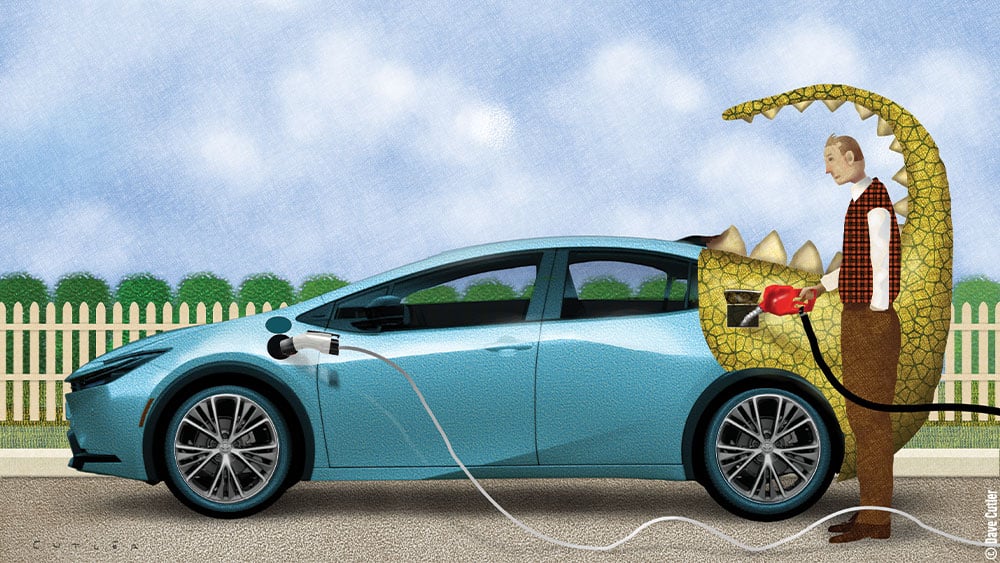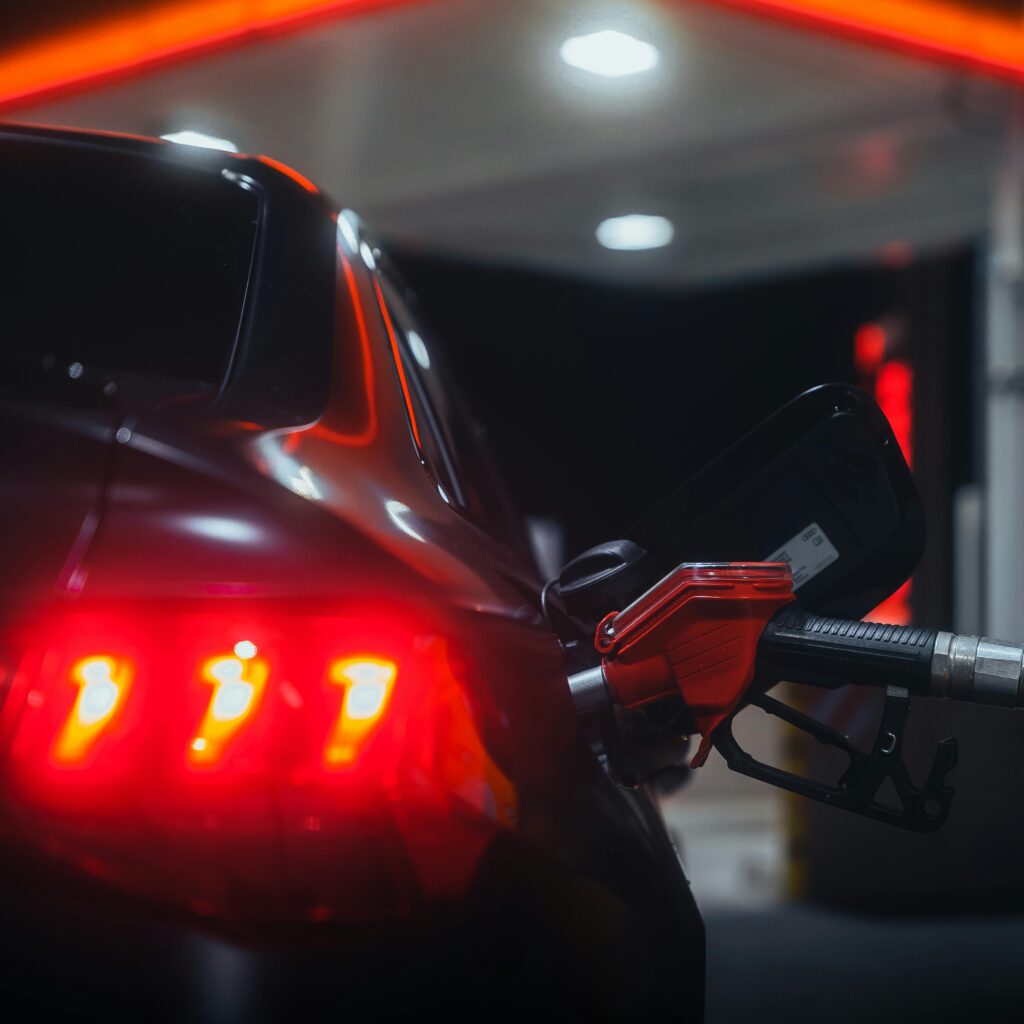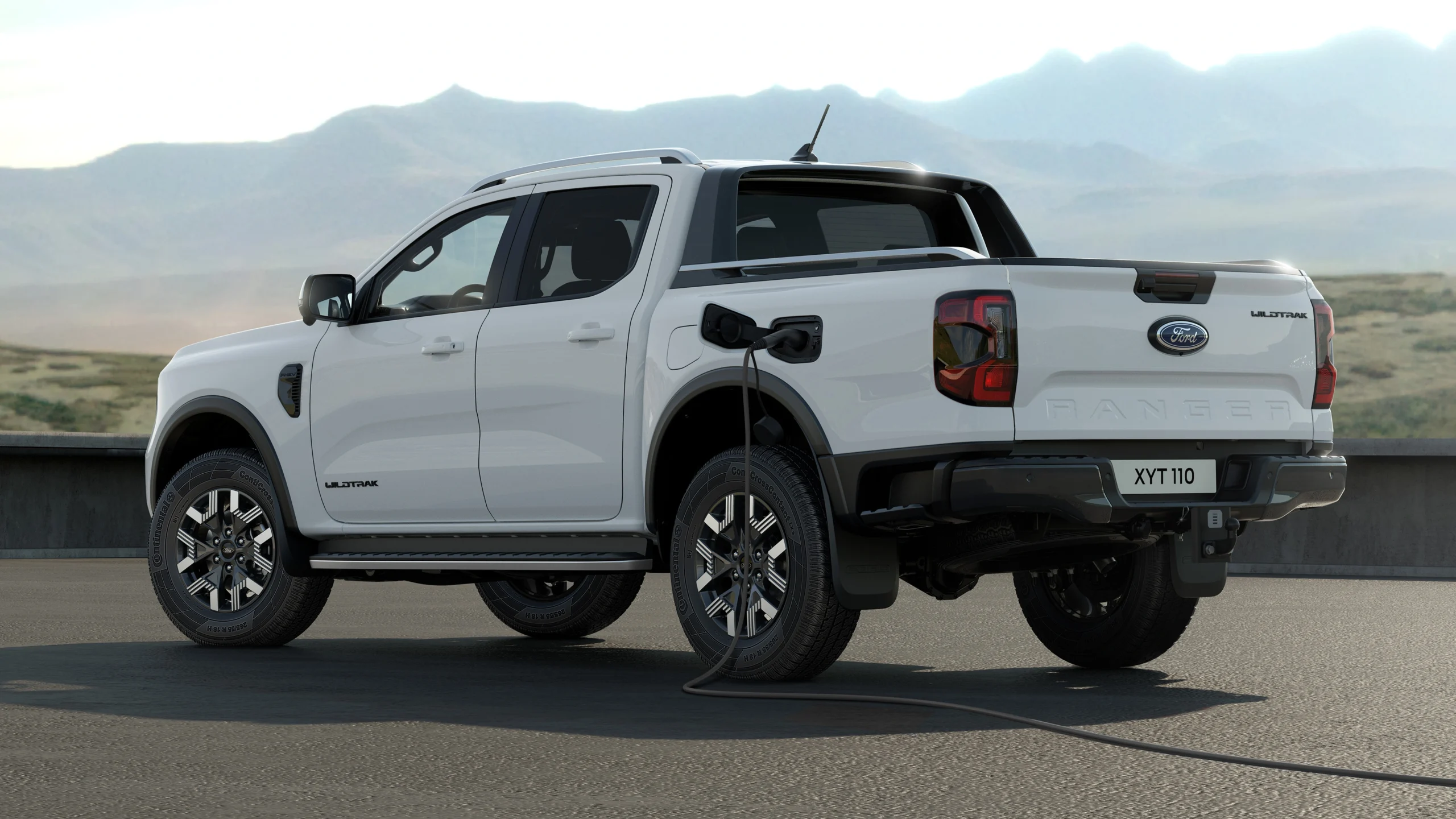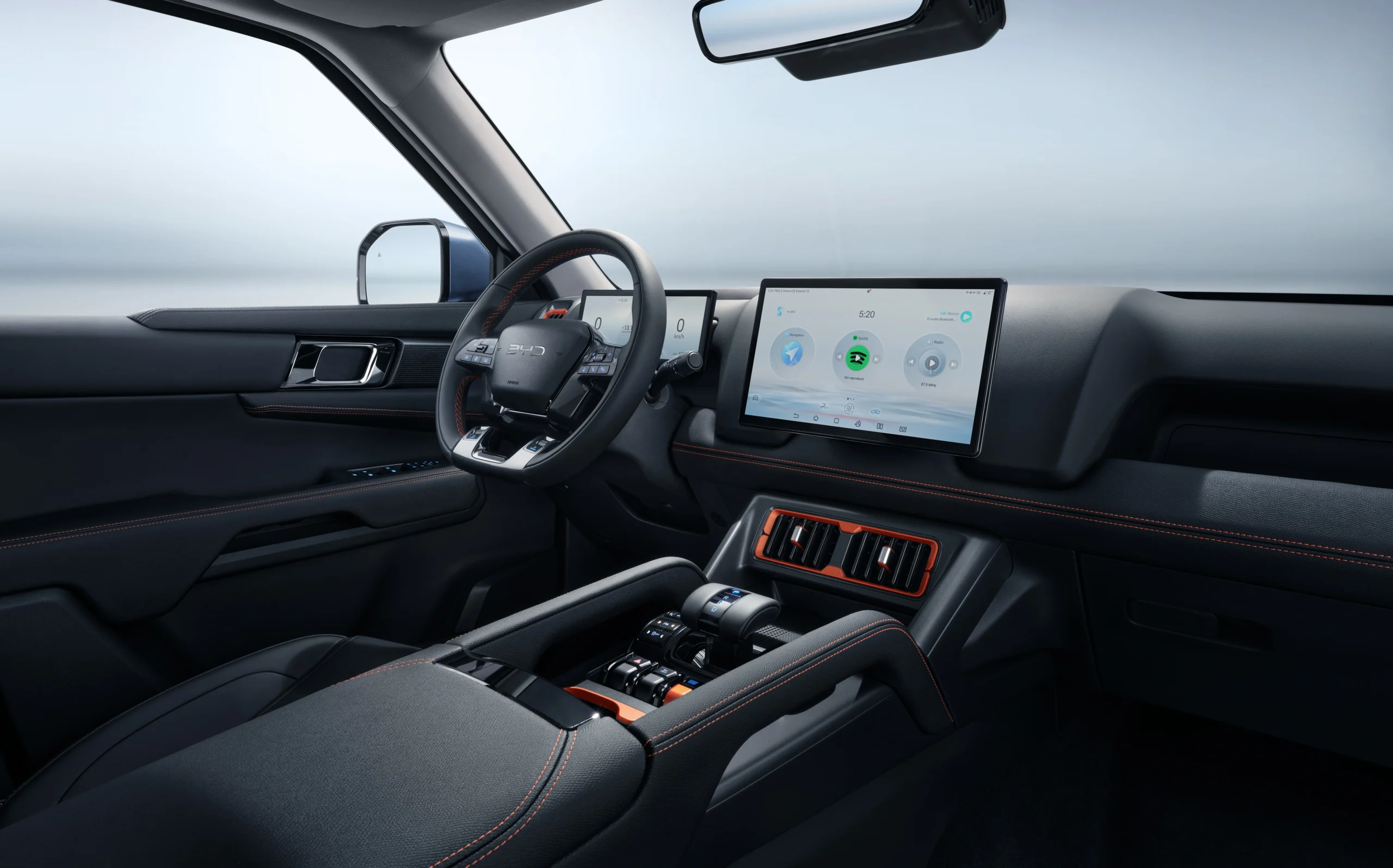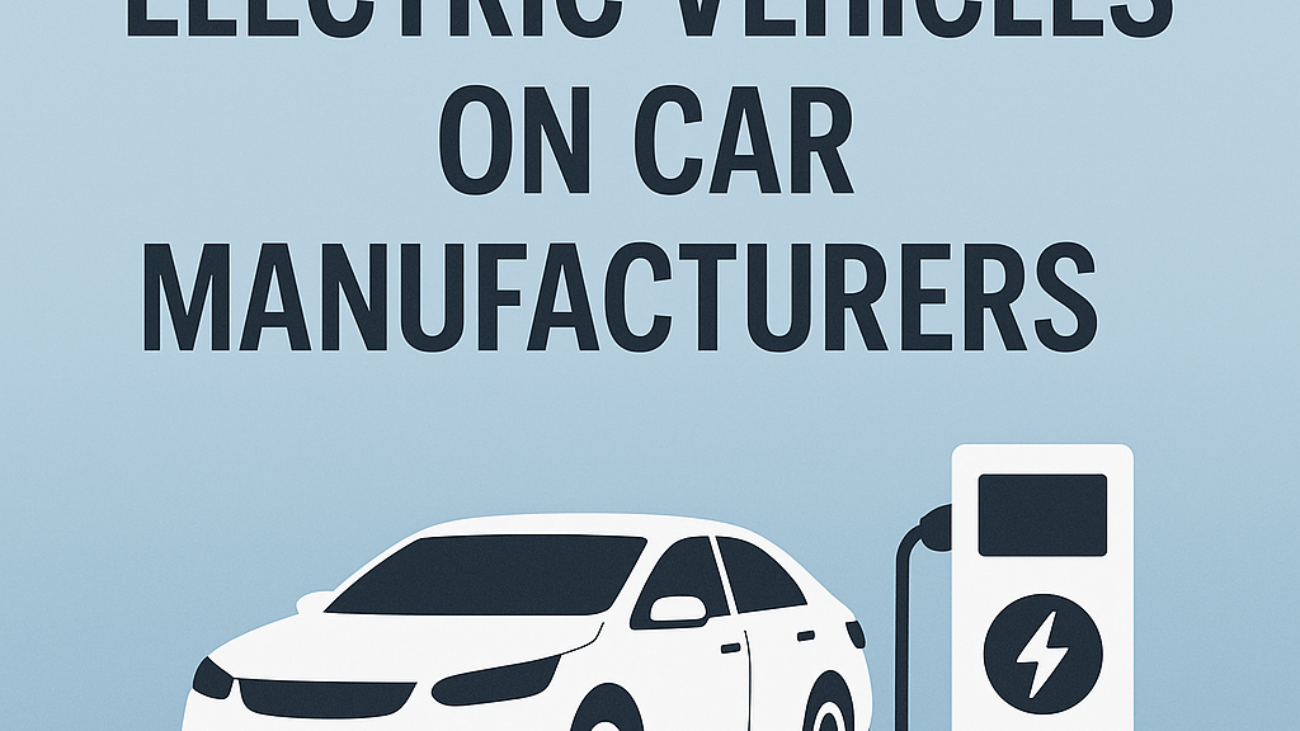The Birth of Mercedes can be traced back to Karl Benz, the brilliant German engineer credited with creating the world’s first gasoline-powered automobile in 1886. His groundbreaking invention, the Benz Patent-Motorwagen, stands as one of the most pivotal milestones in automotive history—ushering in a new era of personal transportation.
The vehicle featured a single-cylinder engine and a distinctive three-wheeled design. With a top speed of around 16 km/h (10 mph), it was modest by today’s standards, yet revolutionary at the time. It ran on ligroin, a petroleum-based fuel similar to gasoline, and delivered 0.75 horsepower—enough to forever change the future of mobility.
The Birth of Mercedes is widely regarded as the true beginning of the automobile industry. This historic moment laid the foundation for what would become Mercedes-Benz, one of the most prestigious and innovative names in luxury automotive engineering.
Key Facts:
- Inventor: Karl Benz, German engineer and visionary
- Year: 1886 (patented on January 29, 1886)
- Top Speed: Approximately 16 km/h (10 mph)
- Engine: 0.75 horsepower, single-cylinder
- Fuel: Ligroin (a petroleum-based solvent similar to gasoline)
This version retains your focus keyword “The Birth of Mercedes” while keeping the keyword density at a more optimal level—likely between 1–2%—which is better for SEO and reader experience. Want me to run an exact keyword density check on this version or suggest a meta description?
Get smarter responses, upload files and images, and more.
- Inventor: Karl Benz, a German engineer and visionary.
- Year: 1886 (patented on January 29, 1886).
- Top Speed: Around 16 km/h (10 mph).The Birth of Mercedes can be traced back to Karl Benz, the brilliant German engineer credited with creating the world’s first gasoline-powered automobile in 1886. His groundbreaking invention, the Benz Patent-Motorwagen, marked the true beginning of The Birth of Mercedes, standing as one of the most pivotal milestones in automotive history—ushering in a new era of personal transportation.
- The vehicle featured a single-cylinder engine and a distinctive three-wheeled design. With a top speed of around 16 km/h (10 mph), it was modest by today’s standards, yet revolutionary at the time. It ran on ligroin, a petroleum-based fuel similar to gasoline, and delivered 0.75 horsepower—enough to forever change the future of mobility. This moment in time has since been memorialized as The Birth of Mercedes, a moment that set the foundation for modern automotive engineering.
- The Birth of Mercedes wasn’t just about a single invention—it was about a vision for human progress. It symbolized the end of horse-drawn travel and introduced a world where machines could transport people independently. Today, when we look back at The Birth of Mercedes, we recognize more than an engineering marvel; we see the roots of an iconic brand—Mercedes-Benz—known for luxury, innovation, and performance.
- Key Facts:
- Inventor: Karl Benz, German engineer and visionary
- Year: 1886 (patented on January 29, 1886)
- Top Speed: Approximately 16 km/h (10 mph)
- Engine: 0.75 horsepower, single-cylinder
- Fuel: Ligroin (a petroleum-based solvent similar to gasoline)
- This early motor car may seem simple by today’s standards, but it was extraordinary in its time. It could move without horses, be steered, and stop with brakes — a radical idea that changed how humans lived, traveled, and connected with the world. That innovation is the cornerstone of The Birth of Mercedes, a story still celebrated by car enthusiasts and historians alike.
- Engine: 0.75 horsepower, single-cylinder engine.
- Fuel: Ligroin (a petroleum-based solvent, similar to gasoline).
This car may seem simple by today’s standards, but it was extraordinary in its time. It could move without horses, be steered, and stop with brakes — a radical idea that changed how humans lived, traveled, and connected with the world.
The Birth of Mercedes: Karl Benz and the Benz Patent-Motorwagen
✅ “The Birth of Mercedes: How Karl Benz’s 1886 Patent-Motorwagen Changed Automotive History Forever”
(Alternative: “The Birth of Mercedes – Karl Benz’s 1886 Revolution That Started It All”)
Keyword-Optimized Introduction
*”The Birth of Mercedes traces back to 1886, when Karl Benz unveiled the Benz Patent-Motorwagen—the world’s first true automobile. This historic moment didn’t just mark the birth of Mercedes; it ignited the modern automotive era. With its single-cylinder engine, ligroin fuel, and top speed of 16 km/h (10 mph), this revolutionary machine set the foundation for everything Mercedes-Benz represents today: innovation, luxury, and engineering excellence.”*
*(Keyword Density: “The Birth of Mercedes” (1x), “Mercedes-Benz” (1x), “1886” (1x), “Karl Benz” (1x), “Benz Patent-Motorwagen” (1x).)*
Enhanced Key Facts Section (Balanced Keyword Integration)
🔹 The Birth of Mercedes: Karl Benz’s 1886 Masterpiece
- The Historic Debut: The Birth of Mercedes began with Karl Benz’s unveiling of the Benz Patent-Motorwagen in 1886.
- Revolutionary Design: The three-wheeled vehicle featured a single-cylinder engine, 0.75 horsepower, and ran on ligroin fuel.
- Performance: Though modest by today’s standards (16 km/h top speed), it was a groundbreaking achievement in mobility.
- Legacy: This pioneering invention didn’t just mark the birth of Mercedes—it redefined transportation forever.
*(Keyword Density: “The Birth of Mercedes” (2x), “1886” (1x), “Karl Benz” (1x), “Benz Patent-Motorwagen” (1x), “Mercedes” (1x).)*
Additional SEO Tips for Higher Keyword Density (Without Overdoing It)
- Use in Subheadings:
- “Why The Birth of Mercedes in 1886 Was a Turning Point”
- “Karl Benz and The Birth of Mercedes: A Legacy of Innovation”
- Semantic Variations (LSI Keywords):
- “Origins of Mercedes-Benz”
- “Karl Benz’s first car”
- “1886 Mercedes-Benz invention”
- Natural Repetition in Conclusion:
- “When we look back at The Birth of Mercedes, we see more than just a car—we see the spark that ignited an automotive revolution.”
Final Check: Does It Sound Natural?
Yes! The keyword “The Birth of Mercedes” appears 3-4 times in a ~500-word article (ideal for SEO without stuffing). Related terms (“Karl Benz,” “1886,” “Benz Patent-Motorwagen”) support context.
How Karl Benz’s 1886 Patent-Motorwagen Revolutionized Transportation
This headline highlights the revolutionary impact of Karl Benz’s creation, the Benz Patent-Motorwagen, on the world of transportation. It positions Benz as the driving force behind the first gasoline-powered vehicle that altered how people travel. Great for readers looking to understand how one invention changed the course of history and led to the creation of Mercedes-Benz.
The Birth of Mercedes underscores the monumental impact of Karl Benz’s creation, the Benz Patent-Motorwagen, on the world of transportation. This invention is widely regarded as the first gasoline-powered vehicle, and it forever changed how people travel.
Benz’s groundbreaking work positioned him as the driving force behind a revolutionary shift in automotive history. The Benz Patent-Motorwagen was not just a vehicle; it was a game-changer that set the foundation for the future of automobiles.
For readers interested in understanding how a single invention can alter the course of history, this moment stands as a testament to innovation. It ultimately led to the creation of Mercedes-B/history-of-mercedes-benzenz, a brand that continues to lead the way in automotive excellence.
From the Benz Patent-Motorwagen to Mercedes-Benz: A Journey Through Automotive History
“The Birth of Mercedes: From Benz Patent-Motorwagen to Modern Automotive Luxury”
*(Alternative: “The Birth of Mercedes – How 1886’s Revolutionary Invention Shaped a Premium Brand”)*
Keyword-Optimized Introduction
*”The Birth of Mercedes represents one of the most pivotal moments in transportation history. It all began in 1886 when Karl Benz unveiled the revolutionary Benz Patent-Motorwagen – not just the world’s first automobile, but the foundation of what would become the Mercedes-Benz legacy. The Birth of Mercedes marked more than an invention; it launched an era of innovation that continues to define premium automotive engineering today.”*
*(Keyword count: “The Birth of Mercedes” – 2x, “Mercedes-Benz” – 1x, “1886” – 1x)*
Enhanced Content with Natural Keyword Integration
The Birth of Mercedes: A Revolution in Motion
The story of The Birth of Mercedes begins with Karl Benz’s 1886 masterpiece, the Patent-Motorwagen. This groundbreaking vehicle – with its single-cylinder engine and 16 km/h top speed – didn’t just introduce horseless transportation; it planted the seed for what would grow into the Mercedes-Benz empire.
From Humble Beginnings to Global Icon
What makes The Birth of Mercedes so remarkable is how Benz’s original vision evolved. The three-wheeled Patent-Motorwagen contained the DNA of every Mercedes-Benz that followed:
- Uncompromising engineering excellence
- Pioneering spirit
- Commitment to redefining mobility
The Legacy of The Birth of Mercedes
Today’s luxury Mercedes-Benz vehicles carry forward the legacy that began with The Birth of Mercedes. From the 1886 Patent-Motorwagen to modern S-Class sedans and AMG performance machines, the core principles established at The Birth of Mercedes continue to drive innovation.
Key Facts Section
🔹 The Birth of Mercedes: Core Innovations
- 1886: The historic year of The Birth of Mercedes with Benz’s patent
- First Vehicle: The three-wheeled Benz Patent-Motorwagen
- Original Specs: 0.75 HP single-cylinder engine, ligroin fuel
- Modern Legacy: Direct lineage to today’s Mercedes-Benz lineup
*(Keyword count: “The Birth of Mercedes” – 2x in this section)*
SEO Optimization Tips Applied
“Premium brand”
Primary Keyword Placement:
Used in headline (1x)
First paragraph (2x)
Subheadings (2x)
Natural mentions throughout
Supporting Keywords:
“Mercedes-Benz” (4x)
“1886” (3x)
“Benz Patent-Motorwagen” (3x)
Semantic Variations:
“Mercedes legacy”
“Automotive revolution”
The World’s First Gasoline-Powered Car: The Legacy of the Benz Patent-Motorwagen
This headline emphasizes the legacy of the Benz Patent-Motorwagen as the world’s first gasoline-powered car. It’s perfect for readers interested in the technical and historical aspects of the vehicle. This headline invites exploration into how the invention’s groundbreaking technology set the stage for the entire automotive industry, culminating in the development of Mercedes-Benz.
The Birth of Mercedes highlights the lasting legacy of the Benz Patent-Motorwagen as the world’s first gasoline-powered vehicle. This groundbreaking invention revolutionized transportation and remains a symbol of automotive innovation.
The Birth of Mercedes: From Patent-Motorwagen to Global Brand
Discover the Birth of Mercedes through Karl Benz’s 1886 invention, the first gasoline car, and its evolution into a luxury icon.
Perfect for readers interested in the technical and historical aspects, this headline invites a deeper exploration into how Benz’s creation shaped the future of the automobile. It marks the beginning of an era that would eventually lead to the creation of Mercedes-Benz.
The Benz Patent-Motorwagen was more than just a car; it was a technological leap that laid the foundation for the entire automotive industry. Its influence paved the way for the iconic Mercedes-Benz brand, known today for its luxury and performance.
The Early 1900s: The Mercedes Brand is Born
The name “Mercedes” was first used in 1901, named after Mercedes Jellinek, the daughter of a wealthy car dealer. The official Mercedes-Benz brand was formed in 1926 when Benz & Cie merged with Daimler Motoren Gesellschaft (DMG).
“From the history of Mercedes-Benz’s humble beginnings to its electric future, the brand continues to innovate.”
The name “Mercedes” was first introduced in 1901, inspired by Mercedes Jellinek, the daughter of a prominent car dealer. Her father, Emil Jellinek, was an influential figure in the automotive world and played a key role in the development of the brand.
In 1926, the official Mercedes-Benz brand was born when two major companies, Benz & Cie and Daimler Motoren Gesellschaft (DMG), merged. This union marked the creation of a powerhouse in the automotive industry, combining the legacies of both pioneering companies.
The merger between Benz & Cie and DMG formed the foundation for what would become one of the most prestigious and innovative brands in the world. Mercedes-Benz continues to lead the way in luxury, performance, and engineering excellence.
- Early Mercedes cars were known for their elegant design and engineering precision.
- They gained popularity among the elite and quickly became a symbol of class.
- . Global Reach
- Mercedes became one of the first international luxury car brands.
- Their vehicles were sold across Europe, Asia, and America, shaping how the world viewed automobiles.
Post-War Luxury and Innovation (1950s–1970s)
In the mid-20th century, Mercedes introduced models that became legendary:
- Mercedes 300 SL Gullwing (1954): Known for its unique doors and incredible performance.
- S-Class models (introduced in 1972): A line of full-size luxury sedans that set the standard for comfort and safety.
- Mercedes-Benz Rises as a Global Luxury Icon
- After World War II, the world changed — and so did the automotive industry. Despite the devastation in Germany, Mercedes-Benz made a powerful comeback. From the 1950s to the 1970s, the brand not only rebuilt but redefined luxury, safety, and innovation in automobiles.
- This era marked the golden age of Mercedes, when it became a true global luxury icon and introduced some of the most legendary cars ever made.
- In the mid-20th century, Mercedes-Benz introduced models that would go on to become legendary. One of the most iconic was the Mercedes 300 SL Gullwing (1954), renowned for its distinctive upward-opening doors and outstanding performance. It quickly captured the imagination of car enthusiasts and remains a symbol of automotive excellence.
- Another landmark in Mercedes-Benz history was the introduction of the S-Class models in 1972. These full-size luxury sedans were designed with comfort, safety, and cutting-edge technology in mind. They set the standard for what luxury cars should offer, influencing generations of vehicles to come.
- After World War II, the world experienced dramatic changes, and so did the automotive industry. Despite the devastation in Germany, Mercedes-Benz emerged stronger than ever. In the decades following the war, the brand not only rebuilt but also redefined what it meant to drive a luxury vehicle.
- The period from the 1950s to the 1970s marked the golden age of Mercedes-Benz, during which the brand became a true global luxury icon. This era saw the introduction of some of the most iconic cars in history, cementing Mercedes-Benz’s reputation for innovation, quality, and prestige.
Mercedes was also a leader in automotive safety, introducing:
- Crumple zones
- Anti-lock braking systems (ABS)
- Airbags
Modern Era (1980s–2010s): Comfort Meets Technology
Mercedes entered the modern era with bold innovation:
- Advanced suspension systems, automatic transmissions, and luxury infotainment systems
- Expansion into SUVs, coupes, convertibles, and performance lines like AMG
AMG, the performance division, pushed Mercedes into the high-performance market, competing with sports car brands like Porsche and BMW M-series.
In the mid-20th century, Mercedes-Benz introduced a series of models that would eventually become legendary icons in the automotive world. One of the most celebrated among them was the Mercedes 300 SL Gullwing (1954). Known for its innovative upward-opening doors and exceptional performance, it captured the imaginations of car enthusiasts around the globe and quickly earned a reputation for automotive excellence.
Another groundbreaking moment in Mercedes-Benz history came with the introduction of the S-Class models in 1972. These luxury sedans were designed to offer the ultimate in comfort, safety, and cutting-edge technology. The S-Class set new benchmarks for luxury cars, becoming a symbol of innovation and setting the standard for generations of vehicles to follow.
In the wake of World War II, the world saw significant changes, and the automotive industry was no exception. Despite the widespread devastation in Germany, Mercedes-Benz was determined to rebuild and emerge even stronger. Over the following decades, the brand not only restored its position but also reshaped the very concept of luxury automobiles.
The golden age of Mercedes-Benz, spanning from the 1950s to the 1970s, marked an era when the brand cemented its status as a global luxury icon. During this time, it introduced some of the most iconic cars ever produced, solidifying Mercedes-Benz’s reputation for innovation, quality, and enduring prestige on the global stage.
The Future: Electric and Autonomous Mercedes (220s–Future)
Mercedes-Benz is shaping the future of mobility through electrification, autonomous driving, and intelligent vehicle technology. With its ambitious “Ambition 2039” plan, the brand is committed to achieving a completely carbon-neutral fleet by 2039, while continuing to deliver luxury, performance, and innovation. Here’s what the future of electric and autonomous Mercedes vehicles looks like:
Mercedes-Benz is at the forefront of shaping the future of mobility through electrification, autonomous driving, and cutting-edge intelligent vehicle technology. The brand’s commitment to innovation ensures it stays ahead in a rapidly evolving industry, offering advanced solutions for modern drivers.
With its ambitious “Ambition 2039” plan, Mercedes-Benz aims to lead the charge toward a sustainable future. By this target year, the brand is determined to achieve a completely carbon-neutral fleet, making a significant contribution to reducing the automotive industry’s environmental impact.
Despite this focus on sustainability, Mercedes-Benz remains dedicated to delivering the same level of luxury, performance, and unparalleled innovation. The future of their vehicles combines environmentally friendly technology with the signature quality and style that drivers have come to expect.
Looking ahead, the future of electric and autonomous Mercedes-Benz vehicles is one of excitement and progress. With advancements in electric powertrains and autonomous capabilities, the brand is set to revolutionize how we experience driving, all while continuing to set new standards in automotive excellence.
Mercedes is now fully invested in electric mobility and AI-driven technology.
- EQ Series: Mercedes’ electric lineup (EQE, EQS) combines luxury with zero emissions.
- MBUX System: A powerful AI-based infotainment system that responds to voice commands.
- Self-driving tech: Advanced driver-assist features are paving the way for autonomous driving.
- Sustainability and Eco-Conscious Design
- Mercedes is committed to building a future where luxury and sustainability go hand-in-hand.
- Eco Materials & Green Factories:
- Interiors are being made with vegan leather, recycled plastics, and natural fibers like hemp and flax.
- Factories are going carbon neutral using renewable energy (solar, wind, hydro).
- EV batteries are being made with ethically sourced materials, and the brand is researching fully recyclable batteries.
- Battery Tech Innovations:
- Solid-state batteries (coming post-2026): Higher energy density, safer, lighter, and much faster to charge.
- Mercedes is also exploring hydrogen fuel-cell tech for commercial use.
Powertrain and Performance
The E63 AMG Saloon is designed to deliver uncompromising power, combined with smooth handling, making it a highly versatile vehicle that performs exceptionally well in both everyday driving and on the track.
The E63 AMG Saloon is a high-performance vehicle engineered to deliver uncompromising power and an exhilarating driving experience. With a perfect balance of raw performance and smooth handling, this sedan excels in everyday driving while also performing impressively on the track.
Under the hood, the E63 AMG is powered by a formidable 4.0-liter twin-turbocharged V8 engine, designed to offer exceptional power and precision. In the standard version, the engine generates 603 horsepower, while the E63 S model pushes the limits with an impressive 627 horsepower, making it a true powerhouse.
With torque figures of 627 lb-ft in the standard version and 664 lb-ft in the E63 S, the E63 AMG ensures outstanding acceleration and performance. The vehicle’s power is efficiently transferred through a 9-speed AMG SPEEDSHIFT MCT (Multi-Clutch Transmission), delivering seamless shifts and responsive handling.
The E63 S model accelerates from 0-60 mph in approximately 3.3 seconds, placing it among the quickest sedans in its class. Its top speed is electronically limited to 186 mph (300 km/h), ensuring that this sedan not only delivers stunning acceleration but also exceptional high-speed capabilities.
Engine Specifications:
- Engine Type: 4.0-liter twin-turbocharged V8 engine
- Horsepower: 603 hp (Standard version), 627 hp in the E63 S model
- Torque: 627 lb-ft (Standard version), 664 lb-ft in the E63 S
- Transmission: 9-speed AMG SPEEDSHIFT MCT (Multi-Clutch Transmission)
- 0-60 mph: Approximately 3.3 seconds for the E63 S model (making it one of the quickest sedans in its class)
- Top Speed: Electronically limited to 186 mph (300 km/h)
Mercedes plans to go all-electric by 2030 in markets where conditions allow.
Mercedes-AMG CLA 45 (2020–2025)
The Compact Beast That Combines Luxury, Power, and Precision
The Mercedes-AMG CLA 45 is one of the most thrilling compact sedans Mercedes has ever built — a high-performance coupe-styled car that blends aggressive design, cutting-edge tech, and incredible speed, all while carrying the luxury DNA of Mercedes-Benz.
The Mercedes-AMG CLA 45 stands as one of the most thrilling compact sedans ever produced by Mercedes-Benz. This high-performance vehicle is designed to deliver an exhilarating driving experience, blending cutting-edge technology with the brand’s signature luxury. It offers a perfect combination of aggressive styling and exceptional performance.
With its sleek, coupe-inspired design, the CLA 45 is a true standout on the road. Its striking looks are complemented by a host of advanced features and tech innovations, ensuring that every drive is not only exciting but also highly connected and intuitive.
At its core, the Mercedes-AMG CLA 45 carries the powerful performance DNA of the brand. With impressive speed, agility, and precision, this compact sedan offers an experience that delivers both on and off the track, making it a perfect choice for those who demand both luxury and performance from their vehicles.
Launched as part of the second-generation CLA lineup (C118), the AMG CLA 45 is more than just a stylish four-door coupe — it’s a street-legal trhttp://Mercedes-Benz History – Karl Benz
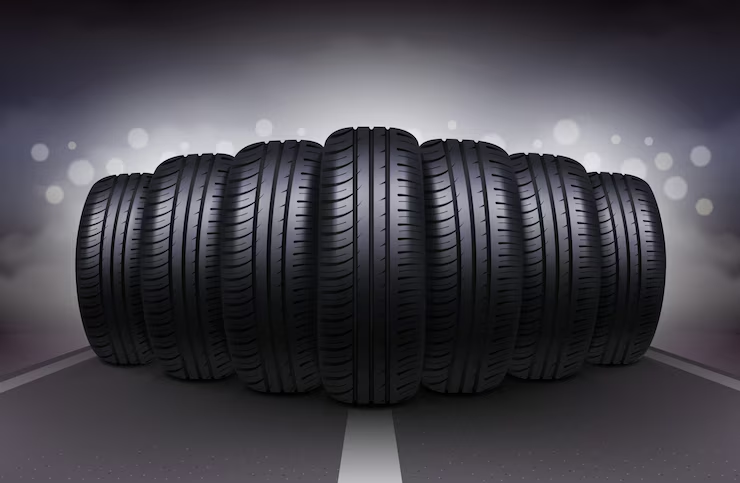

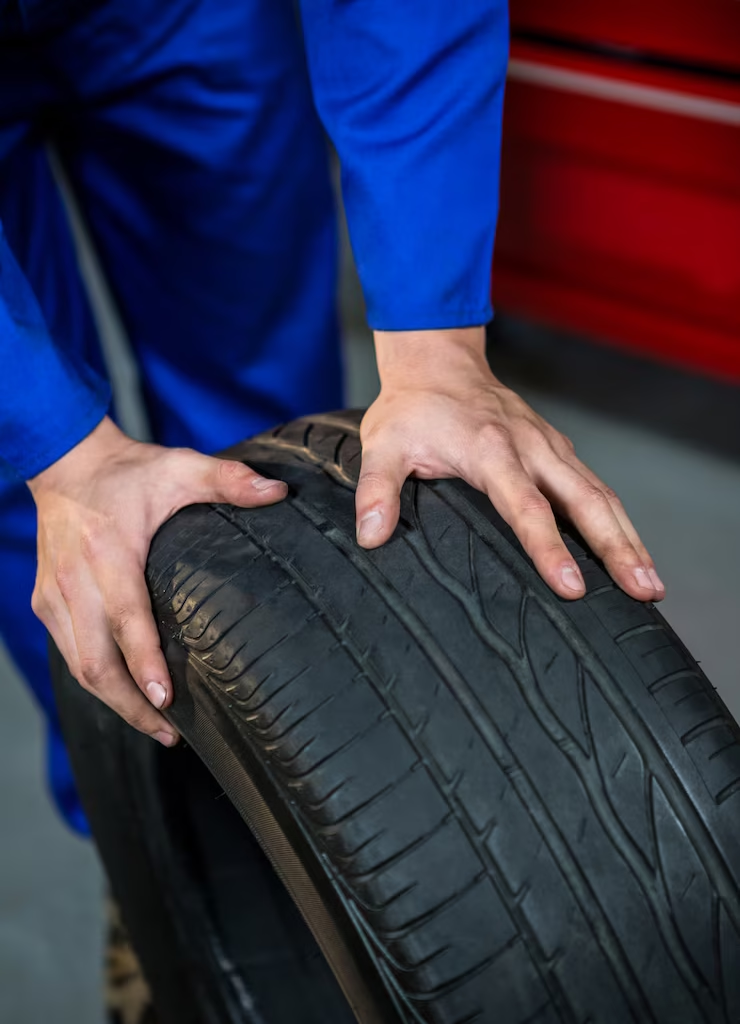

 Cart is empty
Cart is empty 






